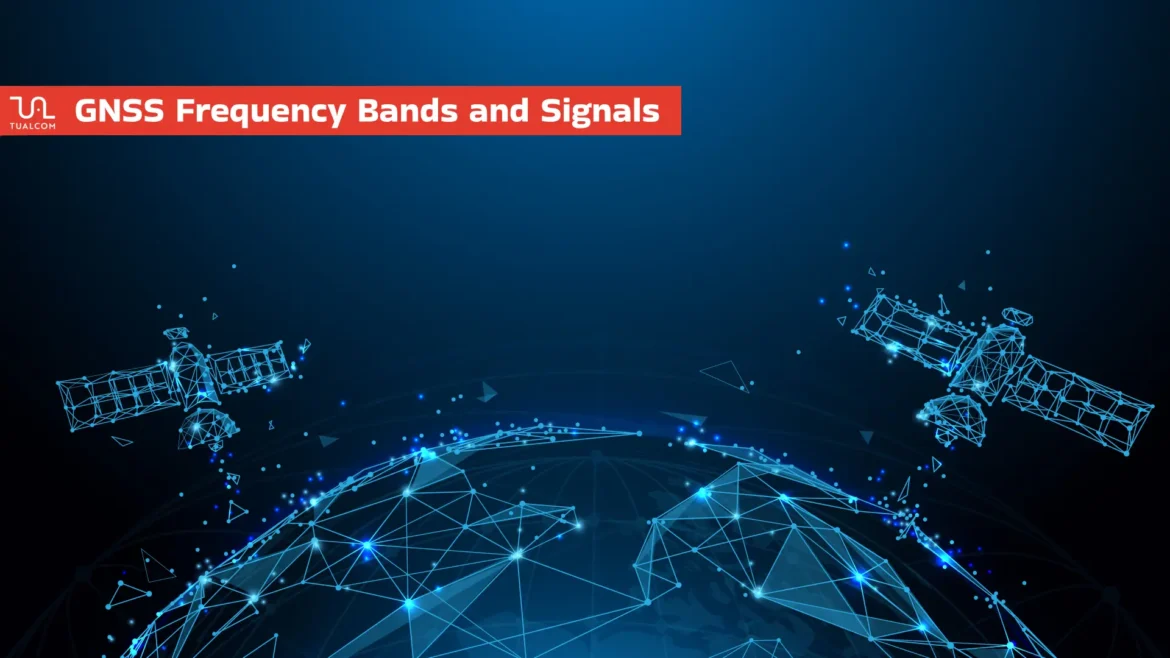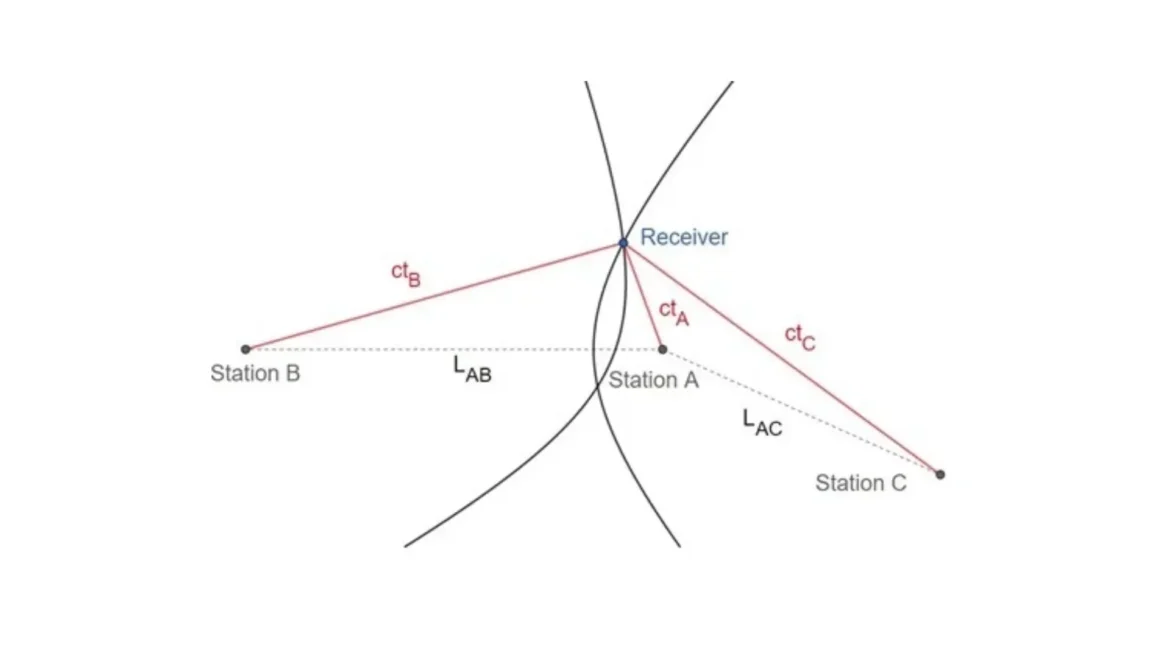Electronic devices communicate by sending/receiving electromagnetic waves, called signals. Electronic signals transmitted by an electronic device travel through space arriving at all receivers available within their range. Then, how is it possible that so many electronic devices transmitting so many kinds of signals at the same time and receivers are able to hear only the
Deployment of Global Positioning System (GPS) satellites by the US in 1960s has provided (almost) ubiquitous opportunity to determine the position of a GPS Receiver with a relatively good accuracy. This unique feature is the main reason why GPS (or as a more broad term GNSS (Global Navigation Satellite System) is integrated with the Inertial
Navigation is the process of determining own position, orientation and velocity relative to a known reference point. It is pivotal for traveling from one point to another. For centuries sailors relied on stars or known landmarks to navigate the seas, however, at the beginning of 20th century, with the development of electronic equipment for producing, transmitting
There is much to gain in disrupting the normal operation of a GNSS receiver in the battlefield such as not allowing military platforms to determine their absolute or relative positions and messing up inter-platform time synchronization. Although with a different motivation, a similar disruption can be observed in non-military areas as well. Truck drivers trying



